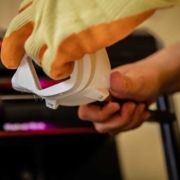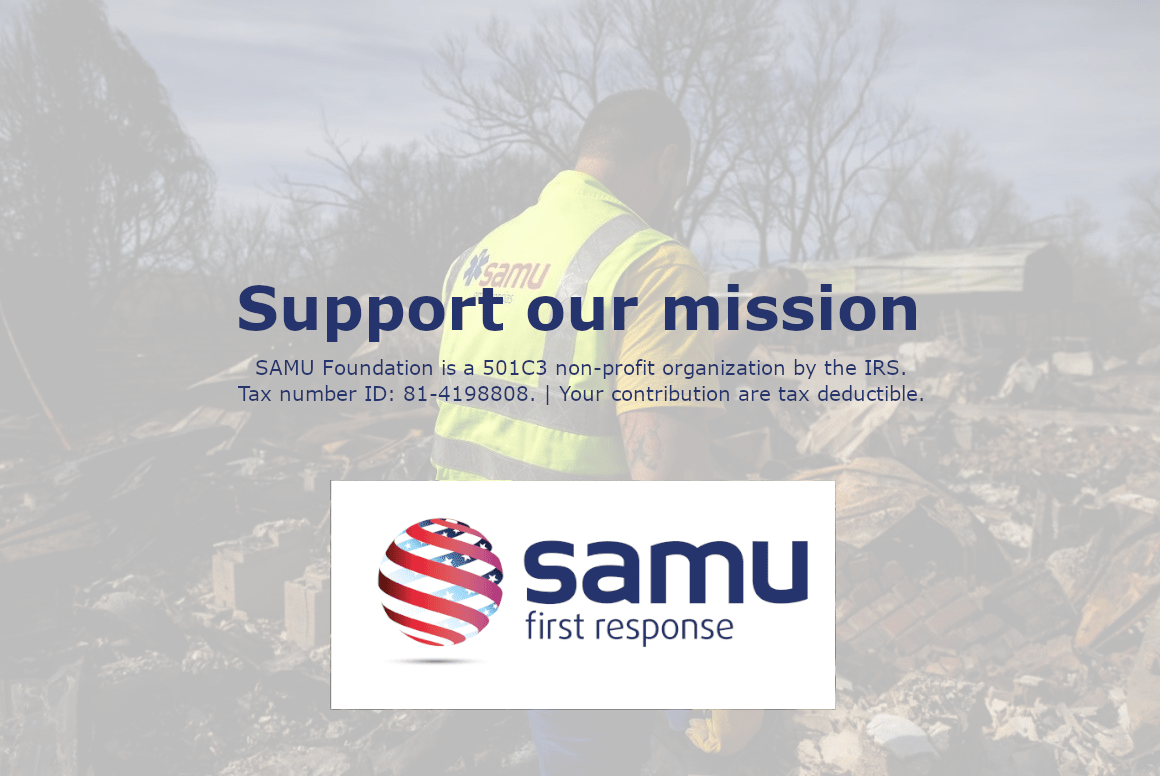SAMU sets up a 3D lab to produce medical equipment
SAMU’s engineering department has set up a digital production lab (FabLab), in response to the Covid-19 crisis. The spaces is intended to produce non industrial objects using a 3D printer. The lab produces face masks for children and adults, ear-saving pieces, face shields, and other pieces to adapt different products such as diving masks, into respirators so that students and health professionals could use them as practice equipment during training drills.
“During the pandemic, we all and in particular at SAMU felt de need to fight at all fronts and use all available resources to overcome the shortage of protection methods available a couple of moths ago. This is a proyect that has been undergoing for a while, to be quickly implemented” Explains Juan Antonio Tocino, responsible for the engineering department at SAMU. “The proyect was set to full motion on Mach 21, upon the arrival of the new 3D printer. That same week we started to print pieces to fight Covid-19”
FabLab has since produced over 300 units for different purposes. “This is an important amount given the limited space and the short time since the inception of the lab. We are looking forward to continuing to grow, receive the additional equipment needed and the official accreditation.” says Tocino.
In Seville, like other parts of Spain, there is a move for people and organizations to print 3D products to supply what is needed to fight Covid-19. In Seville, the FabLab with one of the biggest production lines is the one at the Escuela Técnica Superior de Arquitectura de la Universidad de Sevilla, which counts with over 150 volunteers and has produced close to 20,000 PPEs, according to the University.
“During the pandemic there has been a great spirit of collaboration at the international level and we have set to the community all available models to facilitate printing. In the case of hospital grade respirators, there had been a model published to adapt a scuba mask, but there was none for a portable respirator. This was developed by SAMU and open to the use of the 3D community” Mentions Tocino. “The spirit of collaboration among the 3D community has allowed for the open dialog on the usage of models and best practices”.
SAMU has been working with different 3D printing groups that focus on medical and technical equipment, among which there is a radiology 3D center supported by the American Radiology Society. The team has also counted with the support of Ama Moreno Ballestero, MD at the Servicio de Radiodiagnóstico y Medicina Nuclear del Hospital Virgen Macarena de Sevilla; and Javier García Sola, Architect with the Sociedad Estatal de Correos y Telégrafos de España.



